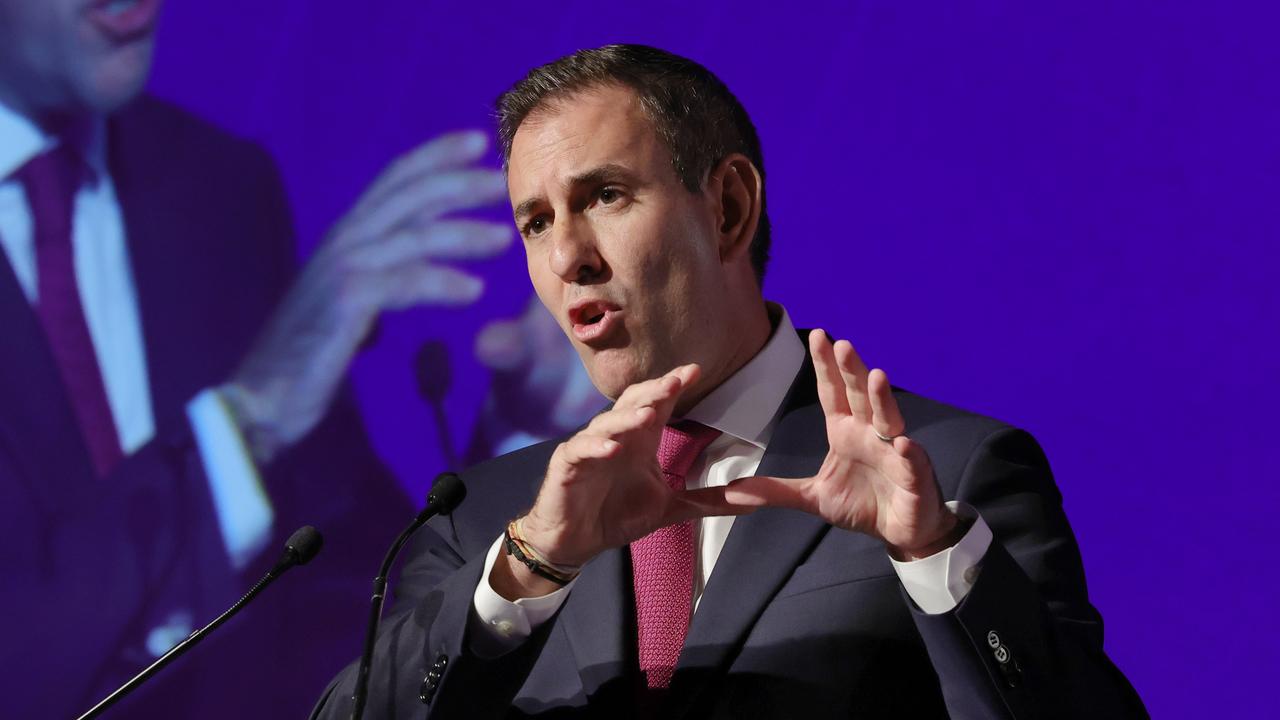Calls for urgent reform of insolvency process
Urgent reform is needed to insolvency processes for businesses to help better manage collapses in the COVID crisis, industry players warn.

The federal government must act urgently to reform insolvency processes for businesses to help better manage a wave of collapses set to hit when COVID-19 support and protections end, industry players and advocates have warned.
A report by The Australian Small Business and Family Enterprise Ombudsman, to be released on Tuesday, recommends 10 key changes to fix the system for small and medium-sized businesses and streamline insolvencies for the accounting industry.
Insolvency numbers across Australia crashed in April to 40 per cent below long-term averages, as many businesses were propped up by government stimulus measures including the $70bn JobKeeper program and pay-as-you-go tax relief. The numbers also tumbled as the government provided temporary legal relief for distressed businesses on laws covering insolvent trading and director liabilities.
ASBFE Ombudsman Kate Carnell said there were three core recommendations necessary to help small businesses ride out the inevitable wave of imminent insolvencies.
“We do need to do something here and quite quickly because looking at those reductions in insolvencies compared to last year when we didn’t have bushfires and COVID-19, there is going to be a lot of businesses that are going to be in all sorts of trouble and we need to have a system that’s simple, easy and affordable,” she said. “We need to be able to do the viability assessments, we need businesses to be able to get the vouchers for an assessment to have accountants in the mix to determine whether businesses have a future or not.”
The Insolvency Inquiry Report calls for establishing a Small Business Viability Review voucher program, which would give small businesses a voucher of up to $5000 to access financial advice to review whether they could continue trading and, if not, how to wind the business up.
It recommends capping insolvency costs at $10,500 for businesses that enter administration, where they owe less than $50,000 and protecting the homes of small business owners from sale for recovery of those debts.
King & Wood Mallesons national restructuring and insolvency boss Tim Klineberg agrees that government reforms are needed — alongside a potential extension to legal relief — to soften the late 2020 blow to hard-hit businesses.
“The extent of the government support is vast and that … is not an efficient way to allocate resources in the economy, but it is necessary obviously for a period of time to avoid widespread cataclysms in various industries,” he said.
“It’s sensible and it’s easy to extend something like that (legal relief) because it just gives more latitude.
“The important thing about the director’s duties reform, though, is that it is not a complete cure for directors. It helps with the loss of trade and making them feel more comfortable, but it doesn’t actually deal with the substantive risk … you are breaching arguably your directors duties by trading a business into the ground.”
Partners at law firm Baker McKenzie have warned company directors that temporary safe harbour measures “do not change a director’s duties” owed to the company in a period of near or actual insolvency. They stressed that directors had a common law duty to take into account the “impact on creditors”.
Mr Klineberg wants Australia to look to “more flexible” restructuring examples being used offshore that are helping ailing companies to survive and negotiate with creditors such as landlords, outside of an administration or insolvency process.
He cites the management-led UK example of airline Virgin Atlantic, which last week became the first company to use a new court-sanctioned restructuring plan implemented in May to help struggling companies navigate the COVID-19 turmoil.
That is in contrast to ASX-listed Virgin Australia, where administrators were called in to manage a sale process in an attempt to avoid liquidation.
“We have every means available to us here to put something like that (UK plan) in place, and we should be looking at these types of solutions. I think there is still time,” Mr Klineberg said.
“We only have a limited toolkit here so we’ve got administration, we’ve got schemes or we’ve got solvent transactions.”
The ABSFE’s report includes urging the creation of a debt hibernation scheme that would defer repayments by up to 90 days should state or federal governments declare a “systemic shock” such a pandemic.
It also recommends establishing a Directors’ Insolvency Agreement to allow a small-business owner to provide a registered liquidator with input on how to best manage a business in receivership.
In a survey of 300 small businesses, ASBFE found 100 per cent believed the cost of a registered liquidator was excessive.
The report noted that, for the overwhelming majority, the manner in which assets were sold appeared to be driven by the registered liquidator conducting a fire sale to quickly to recoup costs.
In June, Australian Securities & Investments Commission chairman James Shipton said there could be a shortage of liquidators and administrators to deal with a swelling level of corporate collapses this year. All eyes are on the federal government’s budget update for insights into insolvency measures and further economic stimulus.
In the ASBFE report many small businesses said they were frustrated in dealing with the Australian Taxation Office during insolvencies, with lack of clarity about how much they owed the greatest issue.
The report noted that ATO fines and penalties as a result of missing payment exacerbated financial difficulties.
Ms Carnell said prolonging insolvencies or allowing costs to balloon could cause a cascading wave of business failures as creditors were left unpaid. “So many people have assets when they go into administration and end up with the process sopping them all up so there’s nothing left for unsecured creditors and the people who owned the business,” she said.
Knock-on effects were also an issue. The number of small businesses that ended up going broke due to a larger insolvency was “really high”, Ms Carnell said. “If a small business is owed $50,000 and he doesn’t get anything, that can be enough to push a sole trader over the edge.”
Ms Carnell said SMEs and the liquidation industry were currently hamstrung by applying one set of rules across the board, regardless of the company’s size.
She added there had been no change because fixing the insolvency system for SMEs was “not something easy to get a push behind”.
Ms Carnell said that many had called for the insolvency system for SMEs to be fixed, before citing the 2014-2015 recommendations on top of calls for reform in the fallout from the global financial crisis.
“I just believe there was never a responsible minister who really decided that they were going to do it,” she said, noting she would send the report to Scott Morrison, Josh Frydenberg and other relevant ministers.






To join the conversation, please log in. Don't have an account? Register
Join the conversation, you are commenting as Logout